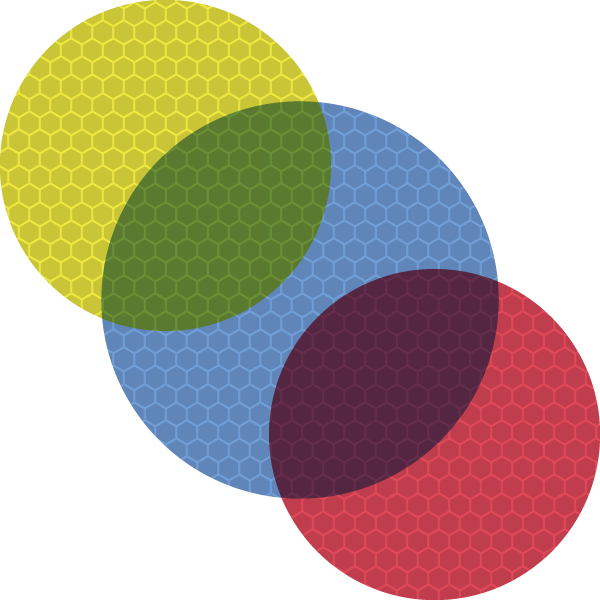1964_Sackson_147_May 06.jpg
Creator
Sid Sackson
Date
1964
Format
.jpg
Source
Box 1, Object 2, Sid Sackson collection
Item sets
Rights Statement
The Strong, Rochester, New York.
Full Metadata
 1964_Sackson_147_May 06.jpg
1964_Sackson_147_May 06.jpg
Title
1964_Sackson_147_May 06.jpg
Rights
The Strong, Rochester, New York.
Type
image
Creator
Sid Sackson
Date
1964
Format
.jpg
Language
English
Source
Box 1, Object 2, Sid Sackson collection
Coverage
1964
transcription
WEDNESDAY 6 MAY
Rogation Day 1964 127th day - 239 days to come
Called Martin Gardner again to tell him of the three
games from Boyer. He'll have Bob & me there some Sunday
in the near future. [asterisk]
Thought of two GAME IDEAS. Can be played with pencil
& paper. -
[diagram of 6 x 6 grid with square and circle pieces]
Draw a 6 x 6 quadrille. One player
uses the [square], one the [circle]. Each
player chooses where the other
starts - marked with the "[circle]". Players
then move in a straight line - not
diagonally - to an empty space of
their choice. Each time they move
they put down a number in the
space the same as the number of
spaces moved.
In the example [square] moves first 3
spaces - etc.
Once there are marked spaces a
player may pass over an even
number of marked spaces but not
an odd number of marked spaces. If a player cannot move
the opponent continues as long as possible. When all spaces
are filled or neither can move the game is over. Add up
the numbers in each row & column and the player with the
highest number total in each wins it. The one with the most won
columns and rows is the winner. If a tie then, and only then,
total the long diagonals in an attempt to break the tie.
Another game would use two knight moving pieces
(such as coins). Each time a pc. lands in a space the
player makes a mark to show his visit. Object is to
([asterisk] Martin clarified the TIC-TAC-TOE he mentioned
yesterday. Each player can place an X or a O. The first
to get 3 in a row of either wins.)
get five marks of yours in a space. Once a player has 5
marks in a space he has won that space and neither player
can then enter that space. Of the two pieces the each
player has one can only enter a space with an even total of marks,
the other a space with an odd total. Zero is considered
even. A piece entering a space which has a majority of op-
ponent's marks can move again & can continue as long as
it enters spaces with a majority of opponent's pcs. On Two
pcs. cannot be in the same space at the same time, even
in passing. One with most spaces won when neither player can
make a move is the winner. Played, probably, on a
6 x 6 quadrille.
Rogation Day 1964 127th day - 239 days to come
Called Martin Gardner again to tell him of the three
games from Boyer. He'll have Bob & me there some Sunday
in the near future. [asterisk]
Thought of two GAME IDEAS. Can be played with pencil
& paper. -
[diagram of 6 x 6 grid with square and circle pieces]
Draw a 6 x 6 quadrille. One player
uses the [square], one the [circle]. Each
player chooses where the other
starts - marked with the "[circle]". Players
then move in a straight line - not
diagonally - to an empty space of
their choice. Each time they move
they put down a number in the
space the same as the number of
spaces moved.
In the example [square] moves first 3
spaces - etc.
Once there are marked spaces a
player may pass over an even
number of marked spaces but not
an odd number of marked spaces. If a player cannot move
the opponent continues as long as possible. When all spaces
are filled or neither can move the game is over. Add up
the numbers in each row & column and the player with the
highest number total in each wins it. The one with the most won
columns and rows is the winner. If a tie then, and only then,
total the long diagonals in an attempt to break the tie.
Another game would use two knight moving pieces
(such as coins). Each time a pc. lands in a space the
player makes a mark to show his visit. Object is to
([asterisk] Martin clarified the TIC-TAC-TOE he mentioned
yesterday. Each player can place an X or a O. The first
to get 3 in a row of either wins.)
get five marks of yours in a space. Once a player has 5
marks in a space he has won that space and neither player
can then enter that space. Of the two pieces the each
player has one can only enter a space with an even total of marks,
the other a space with an odd total. Zero is considered
even. A piece entering a space which has a majority of op-
ponent's marks can move again & can continue as long as
it enters spaces with a majority of opponent's pcs. On Two
pcs. cannot be in the same space at the same time, even
in passing. One with most spaces won when neither player can
make a move is the winner. Played, probably, on a
6 x 6 quadrille.
Item sets
